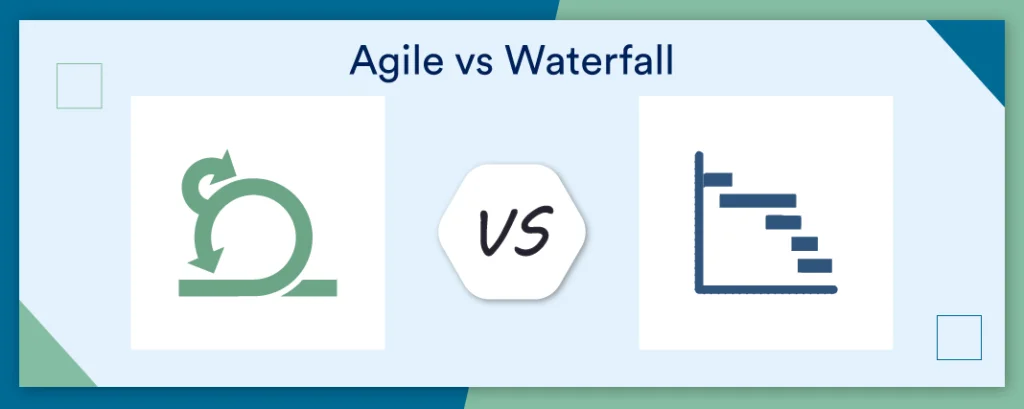
Choosing the right software development approach is crucial for the success of any project. The development approach you adopt can significantly impact project management, resource allocation, timelines, and overall outcomes. In this article, we will guide you through the process of selecting the most suitable software development approach for your project. We will explore key considerations, compare agile and waterfall methodologies, and highlight factors essential for successful implementation.
Key Considerations for the Software Development Approach
When deciding on a software development approach, consider the following factors:
- Project Complexity: Assess the complexity of your project, including the scope, requirements, and potential risks involved. Complex projects may benefit from a more flexible and iterative approach like agile, whereas simpler projects may work well with a sequential waterfall approach.
- Project Size and Timeline: Consider the size of your project and the desired timeline for completion. Agile methodologies are known for their adaptability and incremental delivery, making them suitable for larger projects with evolving requirements. Waterfall methodologies are typically more structured and may be appropriate for smaller projects with well-defined specifications.
- Customer Involvement: Determine the level of customer involvement and feedback required throughout the development process. Agile methodologies emphasize collaboration and regular customer engagement, making them suitable for projects where customer input is crucial. Waterfall methodologies involve less frequent customer involvement and are more suitable for projects with well-defined requirements upfront.
Agile vs. Waterfall Methodologies
Agile and waterfall methodologies are two popular approaches for software development. Consider their characteristics to determine which is the best fit for your project:
Agile Methodology:
Agile focuses on flexibility, collaboration, and continuous iteration. It involves breaking down the project into smaller, manageable increments called sprints. Agile allows for regular customer feedback, adaptability to changing requirements, and early delivery of working software. It is ideal for projects with evolving requirements, dynamic environments, and a high level of customer involvement.
Waterfall Methodology:
Waterfall follows a sequential approach, with distinct phases (requirements, design, development, testing, deployment) executed one after another. Each phase must be completed before moving on to the next. Waterfall is suitable for projects with well-defined and stable requirements, where a linear progression is desired. It provides a structured approach with clear milestones and documentation.

Factors for Successful Implementation
Regardless of the chosen approach, certain factors contribute to the successful implementation of a software development project:
- Clear Communication: Effective communication among team members, stakeholders, and customers is crucial. Establish regular channels of communication to ensure everyone is aligned and informed about project progress, changes, and challenges.
- Skilled Team: Assemble a team with the necessary technical skills and expertise to execute the chosen development approach. Provide training and support as needed, and foster a collaborative and motivated team environment.
- Project Management: Adopt robust project management practices to monitor progress, track milestones, and manage resources effectively. Utilize project management tools and methodologies to ensure transparency and accountability. Quality Assurance: Implement rigorous testing and quality assurance processes to deliver a high-quality end product. Regularly review and refine your development approach to incorporate lessons learned and improve future projects.
Conclusion
Selecting the appropriate software development approach is a critical decision that can significantly impact the success of your project. By carefully considering key factors such as project complexity, size and timeline, and customer involvement, you can determine whether an agile or waterfall methodology is the best fit. Agile methodologies offer flexibility, collaboration, and adaptability, making them suitable for projects with evolving requirements and high customer involvement. On the other hand, waterfall methodologies provide a structured and sequential approach that is ideal for projects with well-defined and stable requirements. Regardless of the chosen approach, clear communication, a skilled team, effective project management, and a focus on quality assurance are essential for successful implementation. By making an informed choice and adhering to best practices, you can enhance the efficiency and outcomes of your software development projects, ensuring they align with your business objectives and deliver value to your stakeholders.
Found this helpful? Share the wisdom!









